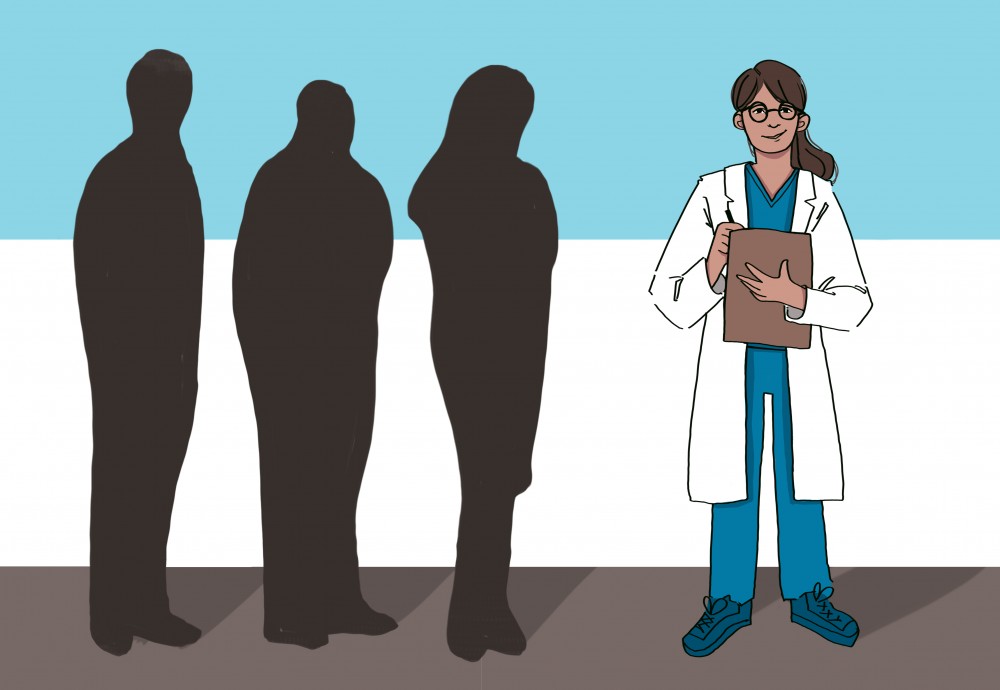University of Minnesota research shows that in rural areas, people of color receive less preventative health care than others.
The study is part of a larger project looking at health care access and health status by the University of Minnesota Rural Health Research Center. It found that Hispanic rural residents have typically lower vaccination and cancer screening rates compared to other races in the study. These lower rates of two of the most popular preventative care types could be because of demographic factors or financial access barriers, according to the study.
“It has a lot to do with insurance. Insurance rates tend to be particularly low among rural Hispanic residents,” said Carrie Henning-Smith, a co-author of the study and an assistant professor in the University’s School of Public Health.
The research team found significant differences in use of preventative care between rural residents of color and white non-Hispanic residents.
“A lot of the work on rural health looks at comparisons between rural populations and urban populations, and there’s less work out there that looks at differences between rural residents,” Henning-Smith said.
There is a misconception that rural areas are all the same, said Ashley Hernandez, a University research assistant and graduate student, in an email to the Minnesota Daily.
“This research highlights not only the diversity of rural areas, but also addresses health equity within these rural spaces,” she said.
Preventative care is a good indicator for whether someone has good access to health care or not, Henning-Smith said.
Matt Flory, the former president of the Minnesota Public Health Association, said these disparities could exist for a variety of reasons. He emphasized the importance of prevention to residents in rural communities.
“In rural communities, you don’t have as much specialty care,” he said. “Children go to see a family physician rather than a pediatrician,” he said, making them less likely to receive the most up-to-date care.
Another issue, according to Flory, is that people often assume medical information just needs to be translated into other languages.
“Language is a part of it, but it’s also about culture,” Flory said.
Immigrant communities in rural areas may look at healthcare differently, he said.
“If you don’t have money to consistently put food on the table, you aren’t going to go to the doctor if you don’t need to,” Flory said.
Investing in community health care workers may get people to come in earlier, Flory said. They can engage with patients directly and see what their needs are.
Zora Radosevich, the director of the Office of Rural Health and Primary Care at the Minnesota Department of Health, said to address the problem, the primary care workforce needs to be increased.
“The number of population per provider in rural areas is many times that of a provider in an urban area,” she said. “Their client basis is just so much higher, so people don’t get to see them as often.”
Transportation is also a problem, Radosevich said. If it is difficult to get to the provider, people aren’t going to go if they’re feeling healthy.
“[We have to think] about ways that we can change the systems and the structures, so everyone can see the doctor when they need to see the doctor,” Henning-Smith said.








